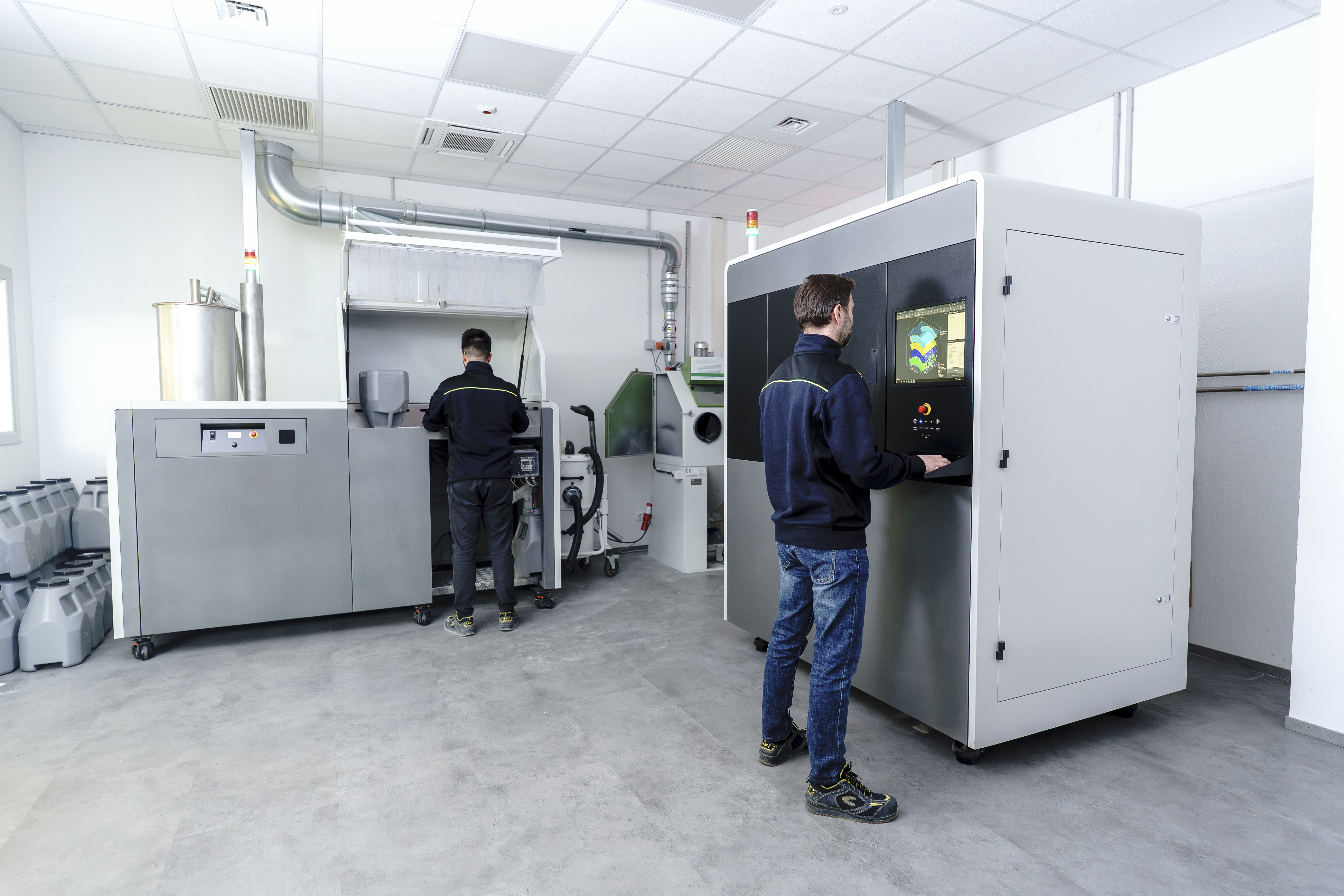R&D MISSION
WAMGROUP's research and development mission is centered on delivering technological innovation that aligns with the Group's vision and values. Over nearly 60 years, our efforts in the manufacturing sector have led to the creation of numerous exclusive patents, underscoring our commitment to innovation. These patents are a testament to our focus on developing market-oriented solutions that enhance process efficiency and operational performance. Our research and development team consistently works to integrate cutting-edge technologies into our products, ensuring they meet the dynamic needs of our customers while adhering to the highest quality and environmental standards. This unwavering dedication to innovation strengthens WAMGROUP’s leadership in manufacturing, driving long-term growth and success for the Group.
Research & development
PRE-INDUSTRIAL RESEARCH
Supported by a multidisciplinary team of engineers and physicists, alongside universities and research organisations, WAMGROUP investigates new technologies through an open innovation approach. This strategic decision ensures that pre-industrial research is not limited to a single division or application, but instead focuses on developing technologies that can be applied across various WAMGROUP manufacturing processes.
NEW PRODUCT DEVELOPMENT
Within the defined domains of market knowledge and available technologies, WAMGROUP's R&D team focuses on designing, producing, and testing prototypes. Using a 'stage-gate' process, each prototype undergoes rigorous evaluation, ensuring that product development is guided by objective, data-driven decisions.
TESTING OF EXISTING PRODUCTS IN INNOVATIVE APPLICATIONS
WAMGROUP's R&D is also dedicated to exploring innovative applications for existing products. Recognising the vast potential for applications across different sectors, the team arranges internal testing activities based on customer specifications. This process enriches the R&D team's understanding of WAMGROUP products, helping to refine and optimise them for a wide range of uses.
Equipment and Tools in support of WAMGROUP R&D
In the WAMGROUP world, manufacturing research and development is organised like a small company, with dedicated offices, production, and testing areas. The supporting functions within this structure include:
DESIGN AND PROJECT MANAGEMENT
The 15-member team, consisting of engineers, physicists, and designers, is responsible for developing and managing projects in line with WAMGROUP's internal product development process. Their expertise ensures that each project meets high standards of quality, innovation, and efficiency.
SIMULATIONS
To support the design team, WAMGROUP's R&D is equipped with advanced FEM (Finite Element Method) and DEM (Discrete Element Method) simulation software. This is backed by a dedicated high-performance computing infrastructure (R&D HPC), enabling complex simulations that optimise product design and performance.
POWDER LABORATORY
WAMGROUP proudly maintains a comprehensive database of over 3,500 characterised powders, which continues to grow. These characterisations serve both internal needs and those of our customers, playing a crucial role in executing DEM simulations. To facilitate this, R&D is equipped with a "shear test" machine that reliably and replicably provides all the critical physical parameters of a powder.
WATER LABORATORY
The water laboratory plays a key role in characterising and testing the functionality of water and wastewater treatment machines, as well as farm effluent treatment equipment. It provides essential data to ensure the operational effectiveness of these systems.
PROTOTYPE PRODUCTION
WAMGROUP's R&D department has the capability to manage every aspect of prototype production internally, including metal fabrication, CNC machining, mould creation, electrical control panels, machine control software, and sensor installation for testing. In 2022, to further enhance prototype production capabilities, R&D acquired a 3D printer with SLS technology for printing aluminum-filled polymers, significantly reducing production time and increasing flexibility in shapes and geometries.




.png?sfvrsn=8da847b7_1)

